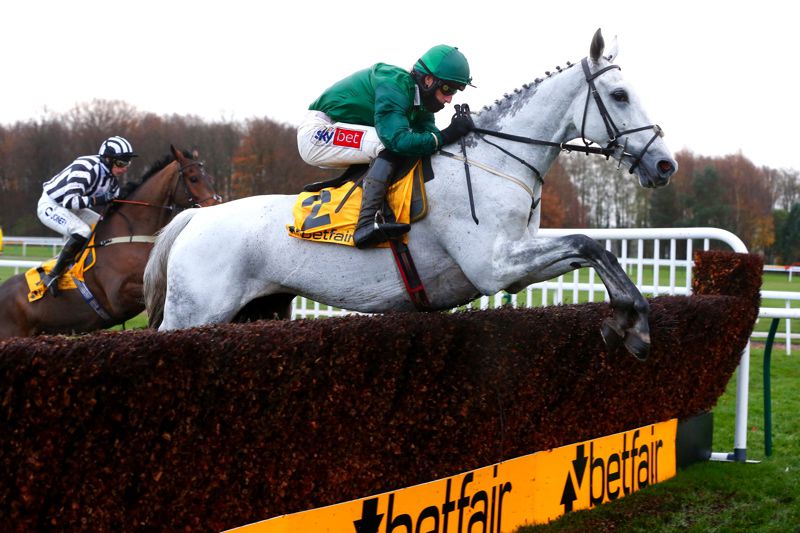In running racing betting with Betfair Exchange – can you compete with the professionals?
It takes a lot of skill to be successful in running horse racing punter. You need to have a deep understanding of the sport, as well as an ability to anticipate how races will play out. Many people think that it’s impossible to compete with professional traders – but that’s simply not true. In this article, we’ll discuss some tips for competing with the pros and trying to win big!
In running trading mentality
Probably one of the most important attributes you can have is the “right stuff”. Successful traders need not only have the skill and knowledge that is required but also the ability to hold their nerve or act quickly when necessary. Anything can happen in a race, horses fall, jockeys make mistakes amongst many other variables that can immediately turn a profit into a loss or vice versa.
It also helps hugely if you can take a dispassionate view of the results of races. As with any trading strategy, it’s all about edge and as the number of races that you’ve traded on increases you’ll see all sorts of scenarios play out in reality; almost certain wins will turn into losses as a horse falls at the last and unexpected profits will arrive when the leader of a race pulls up. Of course, when outcomes such as these happen, it’s down to luck as much as judgment and this is where the punter needs to learn that while perhaps rare, these things do happen and there is nothing that can be done about it.
The professional trader embraces this fact and tries not to get emotionally attached to individual outcomes as he has an edge that he knows will always win out over time. This works just like a casino in reverse; when you have an edge, the more that you play then the more statistically unlikely it becomes to make a loss.

In running betting strategies
We cover a couple of common in running trading strategies in this article but it’s important to understand that there is no “golden goose” strategy that always works.
In reality, professional traders tend to have a gut feel about which sort of strategy might work best for the course, race, conditions and horses in question and try to select the most appropriate one based on their own past experience.
Strategy 1 – Transition from back to lay
This strategy involves backing a horse for which the price is expected to shorten at some point during the race. For example, you might back a horse at an SP of 6. If in running, you can get odds of 4 or 3 or 2 then you can trade our for an increasing amount of guaranteed profit.
The strategy presents two challenges that the punter needs to keep on top of in order to succeed.
First of all, identification of a horse that is likely to shorten is not an easy task in itself, at least with any sort of consistency. Look for horses that go out fast for the conditions and like to lead from the front. Professionals study previous races in order to try to assess which horses are most likely to do this and this notion of “pace” is highly important in a number of more advanced trading strategies.
Secondly, the moment to trade out can be particularly difficult to assess and the unfolding situation needs to be considered very carefully, but also quickly. It’s important to try to increase skill levels in judging what will happen while basing decisions of this experience. Try not to aim for a fixed level of profit as this will undoubtedly result in many instances where you could’ve taken a greater profit and also a few near misses where the situation really needed an earlier trade out. These last points are important when you’re trying to grab that elusive edge which may only be a few percentage points in size.
Strategy 2 – Scalping
This is a very popular strategy that can be used in any markets, not just horse racing, and involves making a number of small trades for quick profits.
The scalper looks to enter the market at a low point and exit at a slightly higher one by backing and then laying very quickly indeed. This might only be for an amount of, say, £0.50 or even less and can be repeated a number of times during a race.
Professionals often use automated software that detects these opportunities for them but the principle is exactly the same whether you’re using manual or computerised trading.
The key to scalping is to find races where there’s likely to be a lot of movement and also to have the discipline to take many small profits rather than holding out for a larger one.
It can be quite stressful trying to make all these decisions quickly so it’s important that you don’t put too much pressure on yourself and only attempt this sort of trading once you’re confident in your own ability.
Patience!
Most importantly, have some patience! Betfair Exchange racing trading is difficult but there are profits to be made for those people with the right experience and temperament. You don’t need to be a professional to get going but our advice is to start small. Enjoy your wins but not too much. Take your losses on the chin and accept that there is still luck involved in the outcomes when things don’t go your way.
Overall, persevere, and as your experience builds you might be well on the way to bringing in a consistent profit.
